If you are tired of seeing news about SUVs, we invite you to go the other way around. Check out our list of the best station wagons available in the USA in the 1970s!
Car enthusiasts have heard it many times: SUVs have become the market standard. They have dominated dealerships and streets in a way that even Ferrari is about to release its own. Sadly, such popularity came at the expense of other body styles, such as the station wagon. There is evidence that the latter has never truly died, as we comment here. However, they are still far from the presence they had back in the day.
This article is a tribute to that time. Up to the 1970s, station wagons were the best option for big families and for road trips. They had plenty of space for up to eight people plus baggage. The following list shows ten full-size SWs offered by North American automakers back then. We mention a little bit of their history and bring a short table of specifications for your comparisons. How many of them did you know?
AMC Matador

The Matador station wagon had many customization options available. You could get two-tone paint, wood panels, and even a 5.9L V8 engine with double exhaust pipes
While the Ambassador was AMC’s flagship wagon up to 1973, we chose the Matador here because of its ascension. In short, the family was selling well back then, so the company gave it a new generation with significant upgrades to replace the bigger brother. An iconic feature of that generation is the front fascia, whose central part clearly protrudes from the rest. North Americans nicknamed those cars “coffin noses”.
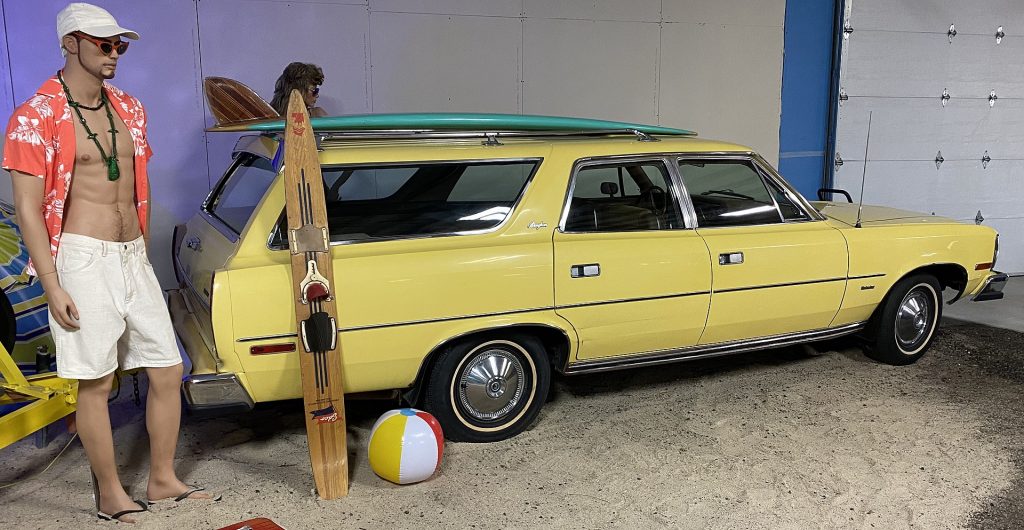
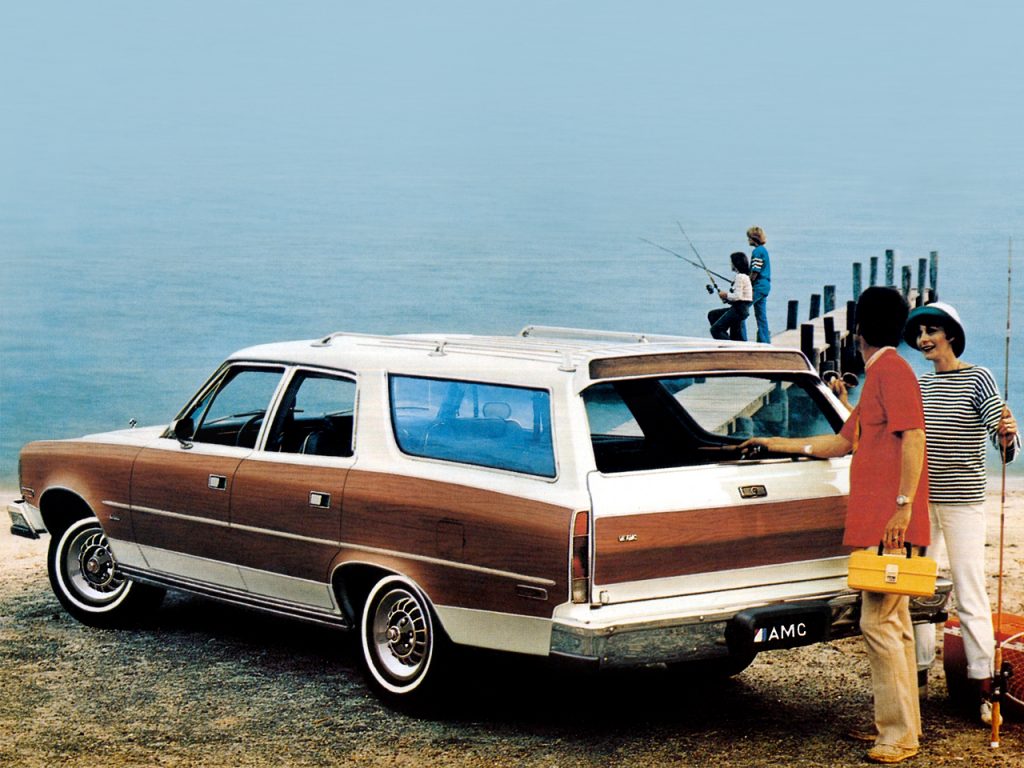
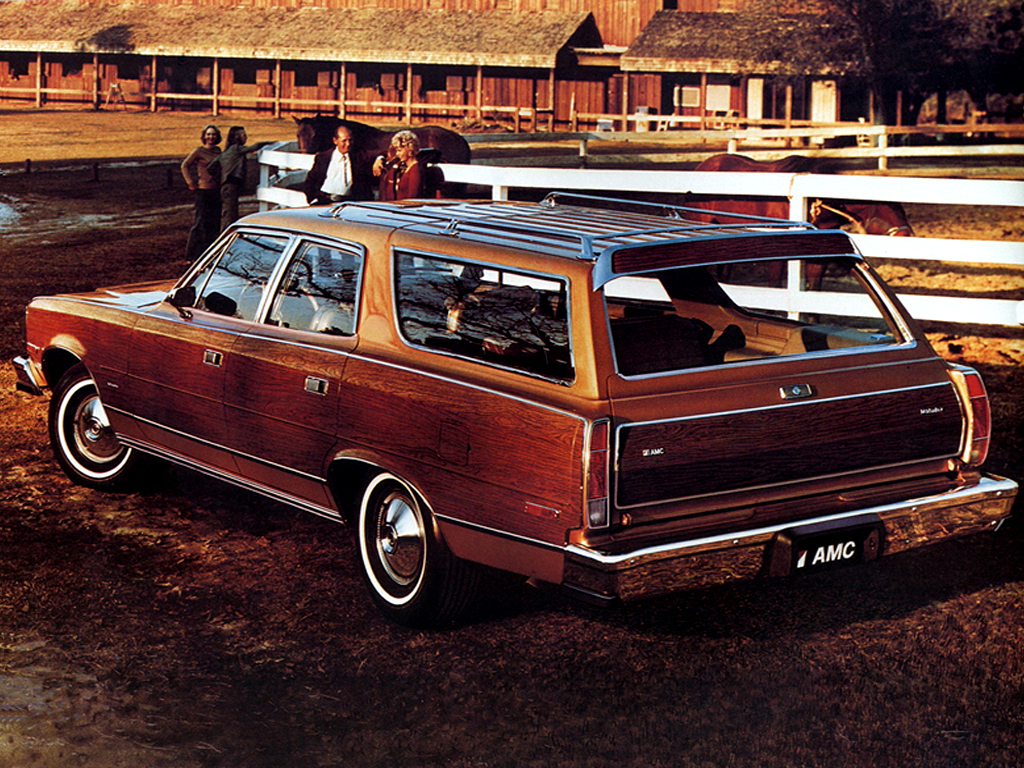
Buick Estate
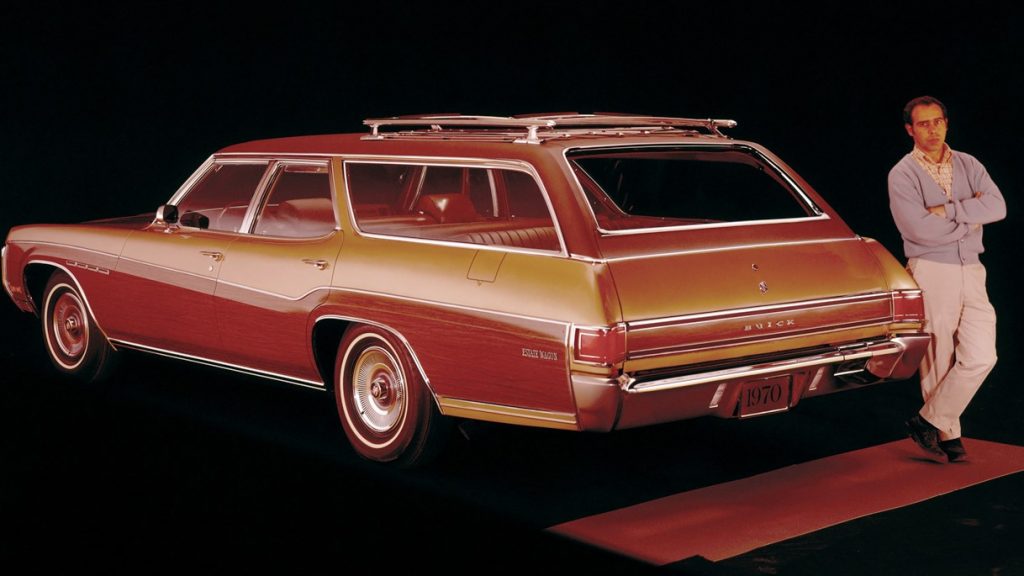
The Estate wagon was large enough to have a forward-facing third seat row. It can seat eight people, which makes it one the largest Buick cars ever made.
While Buick has used that name as a suffix for several cars, the 1970 Estate was its flagship station wagon. Cadillac would only have an entry in this segment 40 years later, so the Estate was GM’s most refined SW at that time. We can easily see that through its equipment list, which included A/C, vinyl roof cover, and a 7.5L V8 engine. Besides, it had an optional woodgrain trim on the sides with the Sweepspear design.

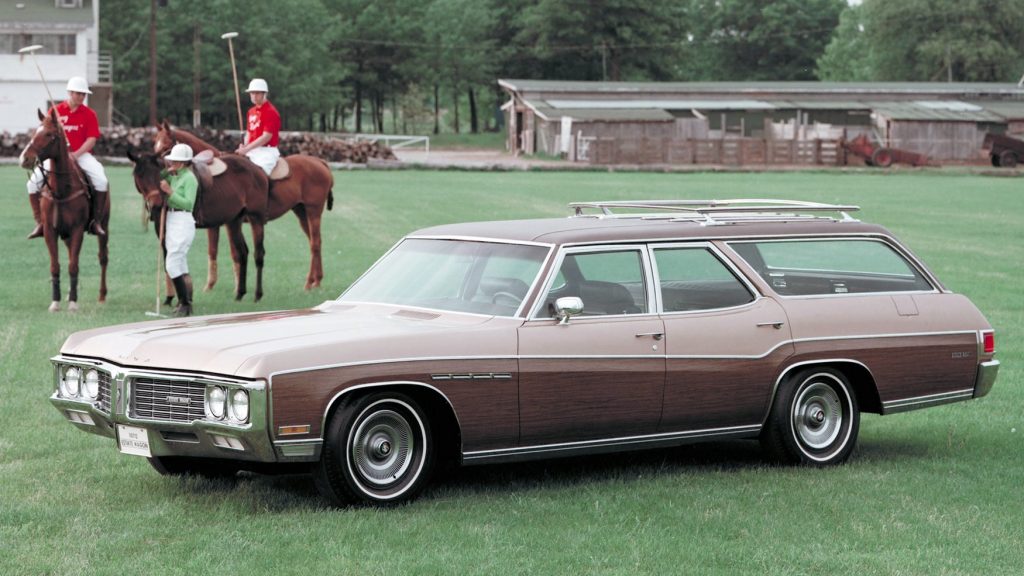
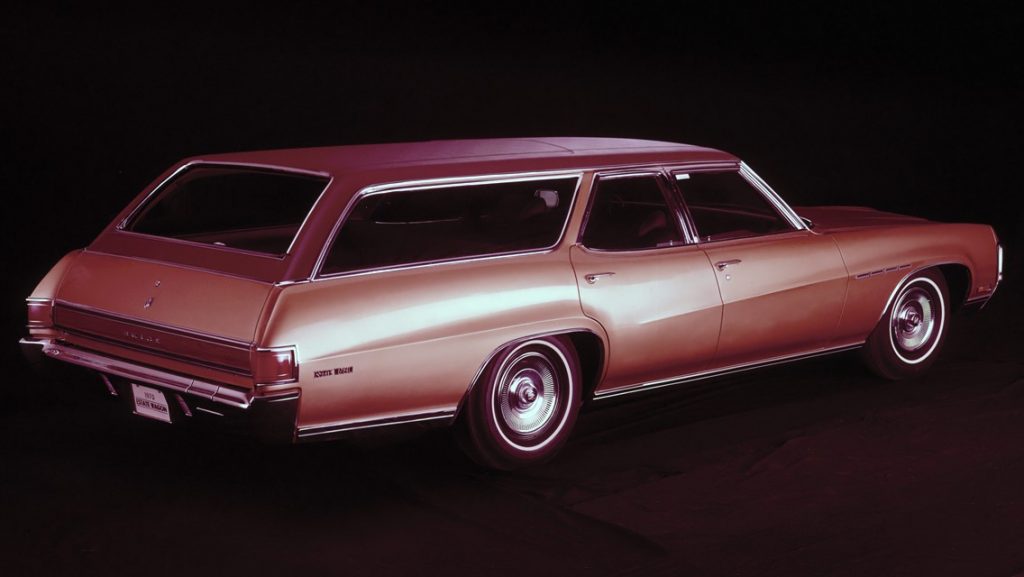
Chevrolet Kingswood
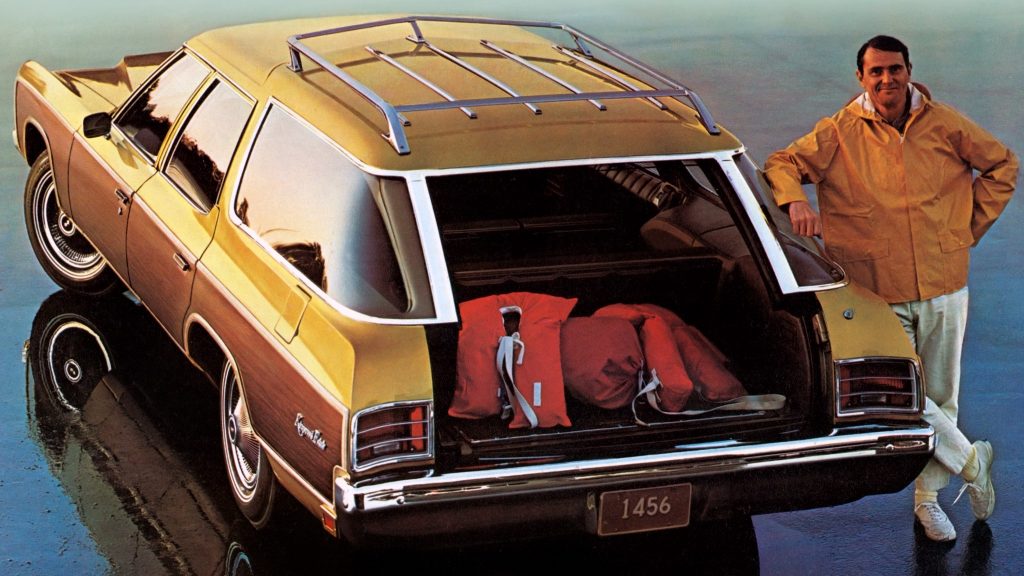
This model had the exclusive clamshell tailgate. In short, the power windshield can slide into the roof and the manual lower part went below the load floor.
Here, we consider the generation based on the second-generation Caprice. Chevrolet released it in 1971, so it was the last one before the downsizing imposed by the 1973 oil crisis. The model had niceties such as wood trim in the cabin, Cadillac-style front grille, and all-coil suspension for a more comfortable ride. The 1972 generation also marked the introduction of the four-door sedan in the Caprice lineup as well.
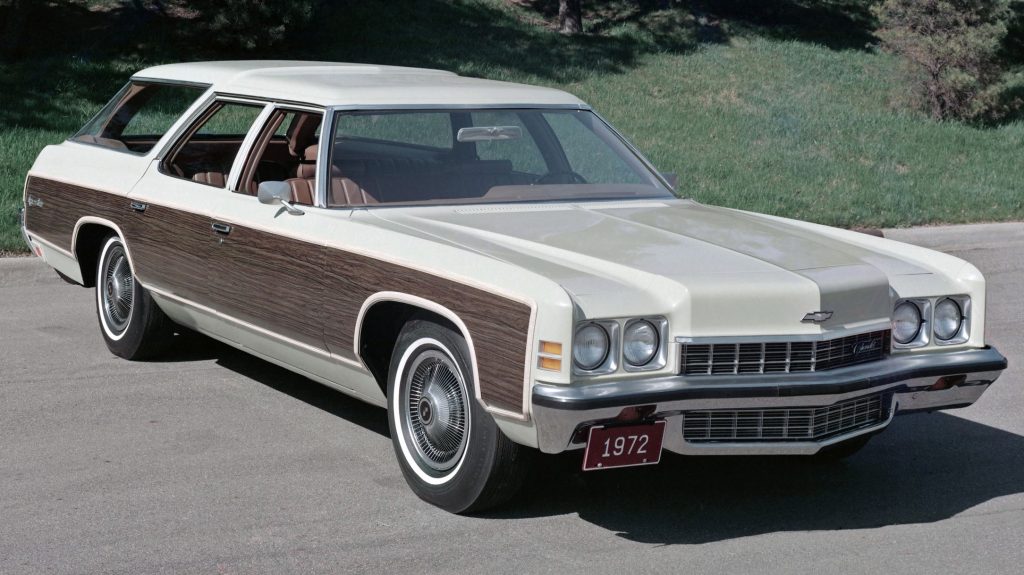
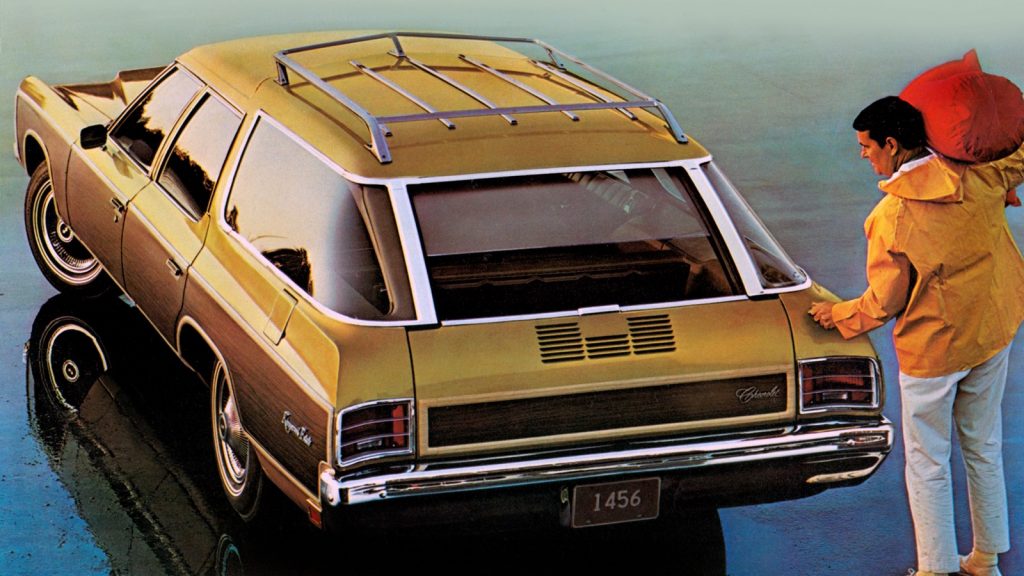
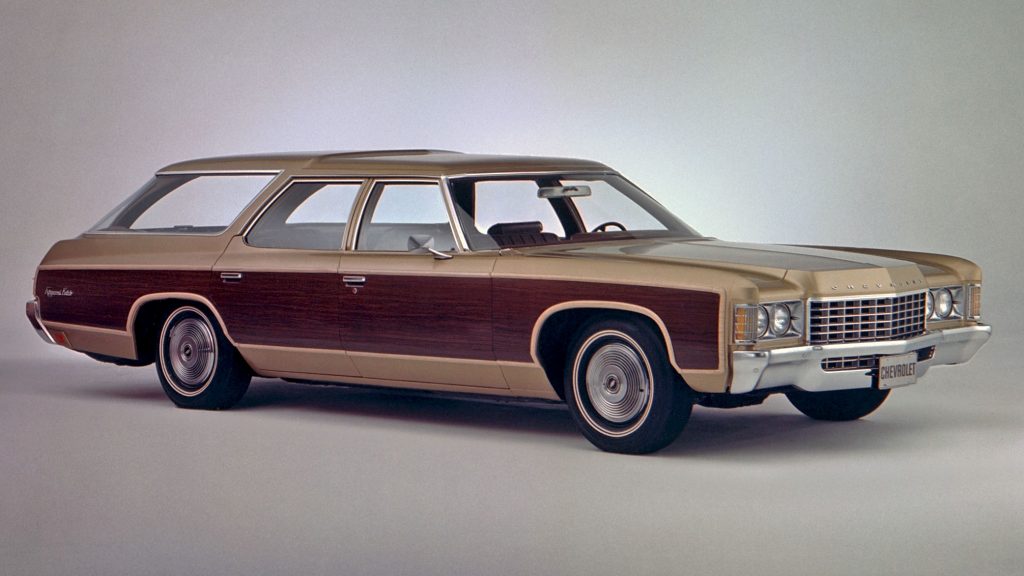
Chrysler Town & Country
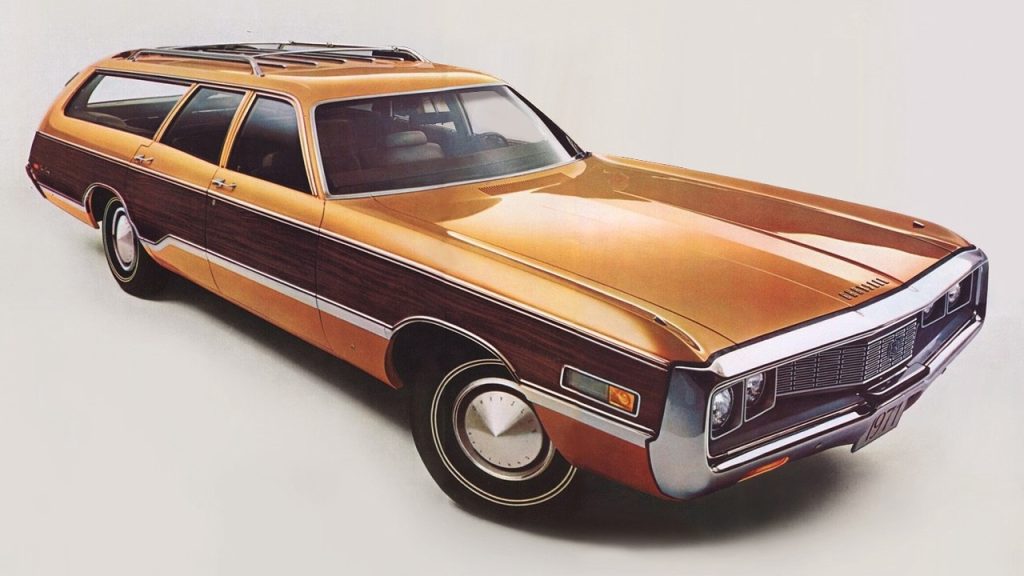
Chrysler used the “Town & Country” nameplate from 1948 to 2016 with only one hiatus in 1989. It is still one of the longest-running in the history.
Just like the previous example, we selected the pre-oil crisis generation, released in 1969. That T&C used Chrysler’s “fuselage design”, with a noticeable side curve. This station wagon also featured a unique front fascia with recessed headlights and a wraparound bumper. An interesting touch is that Chrysler cars used the same mechanical underpinnings as Imperial ones, which was the group’s luxury brand at the time.

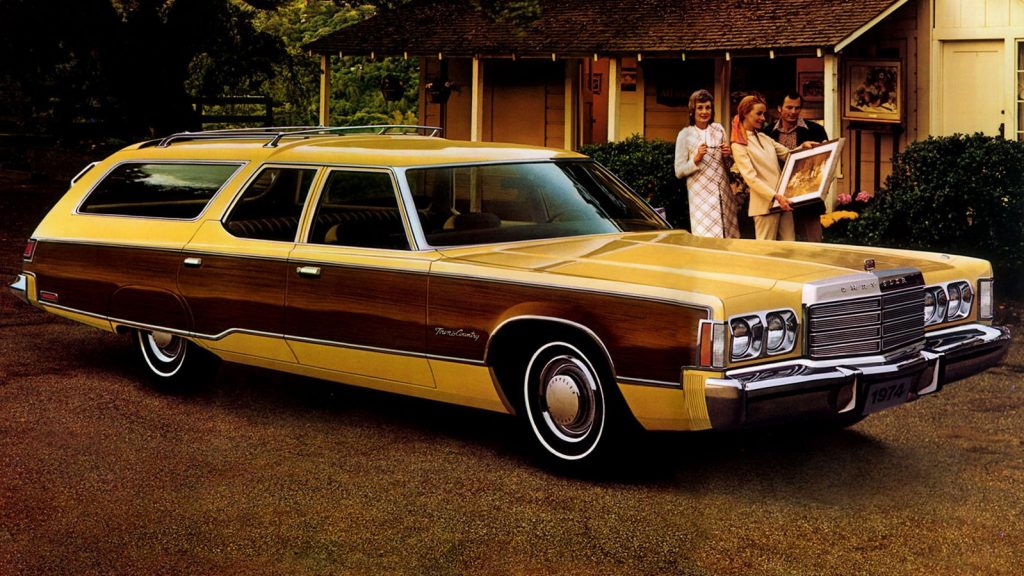
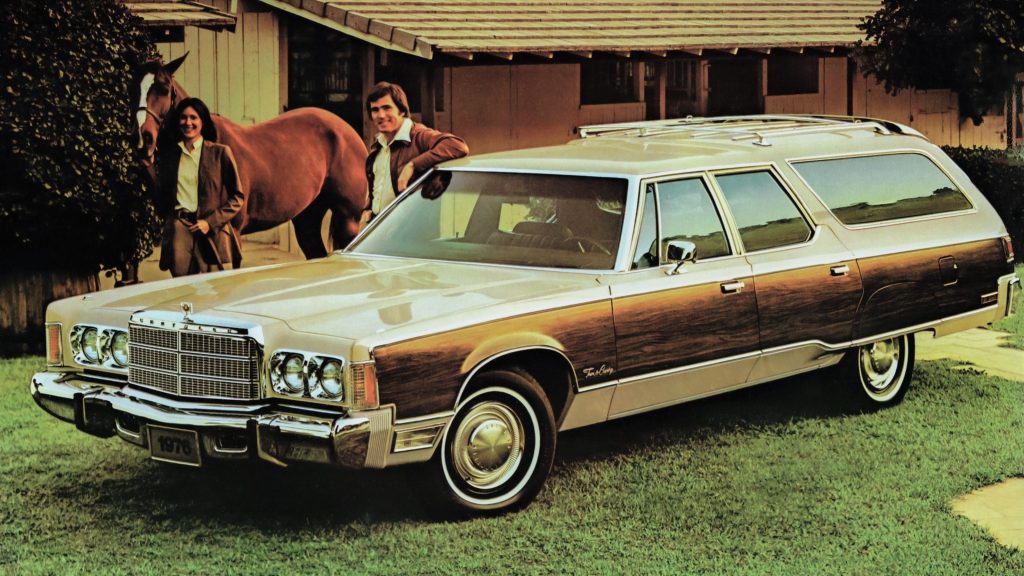
Dodge Monaco
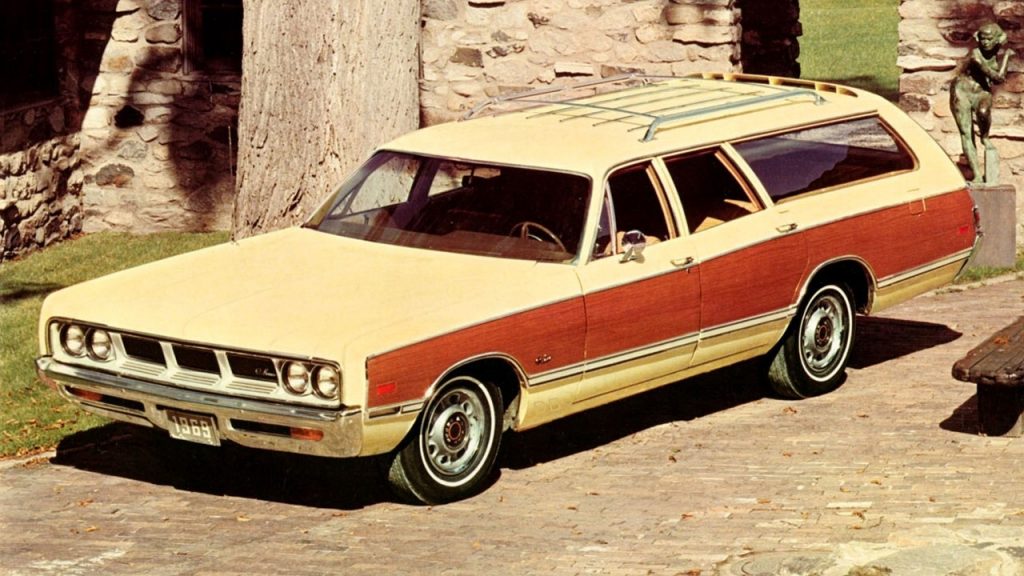
For the 1972 line, the Monaco received hidden headlights. The fuselage design did not get a positive reception, so the company gave it some small changes.
Since SWs were popular among families in the 1970s, there were models for all budgets. Dodge had the Monaco, which had a redesign in 1969 that gave it the same fuselage style mentioned above. It also had the Super-Lite, an optional projector headlight that would act as an auxiliary mid-beam. In 1971, Dodge extended its woodgrain trim up to the window frames, which was very rare in this market segment.

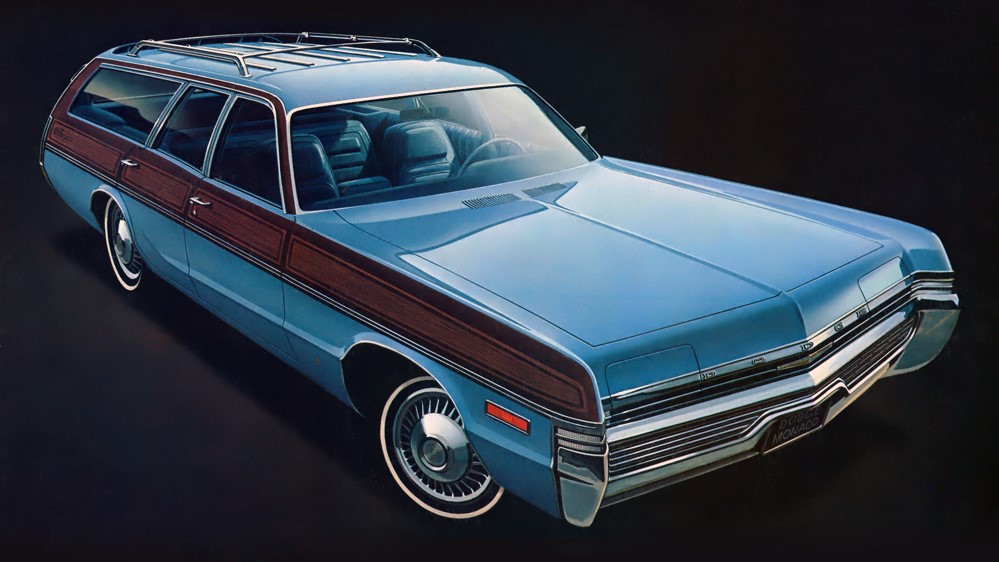
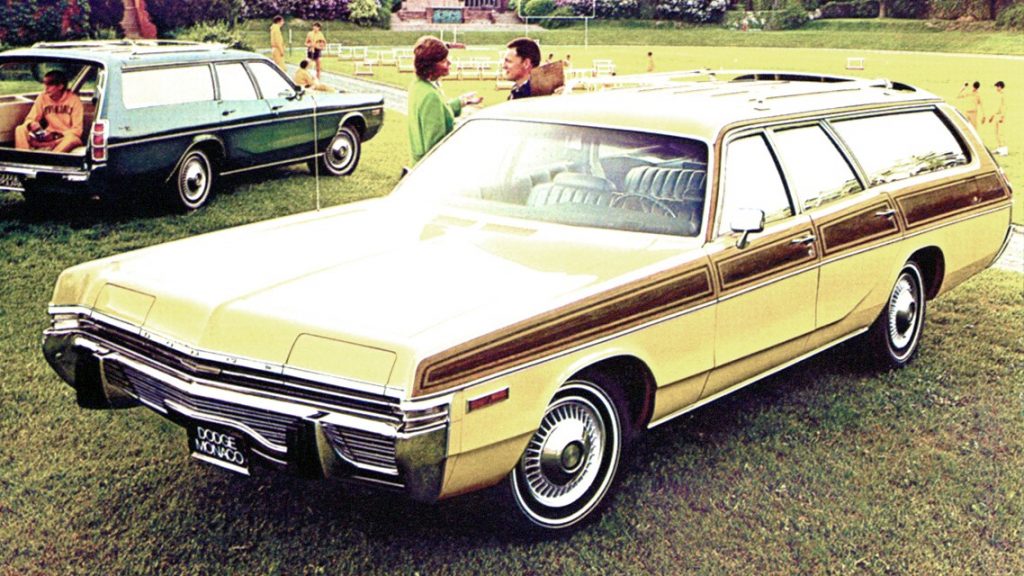
Ford LTD Country Squire
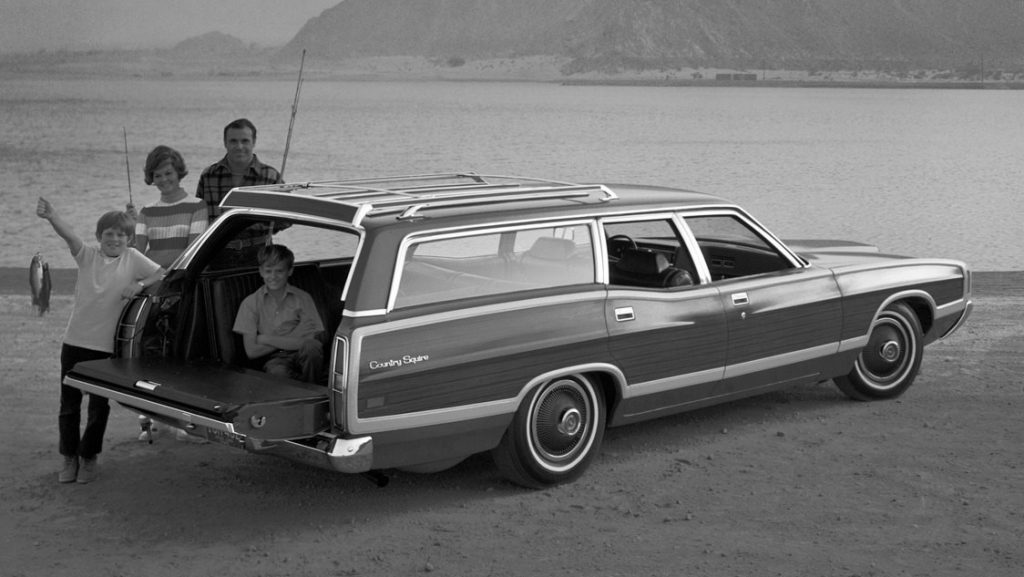
In 1972, companies were forced to state the net power of their engines. The LTD also received emission controls and fuel-saving changes. The 429 engine’s stated power went from 365 to 212 hp.
Ford’s full-size station wagon went through a major redesign in the same year as its Dodge rival. The LTD became larger than ever to seat up to ten. Besides that, Ford unified the design between sedan and SW models of the same line. While it was not the most beautiful car, it had the impressive “Magic Doorgate”. The 1969 model had a tailgate that you could open by swinging it down, out with the window, or up.
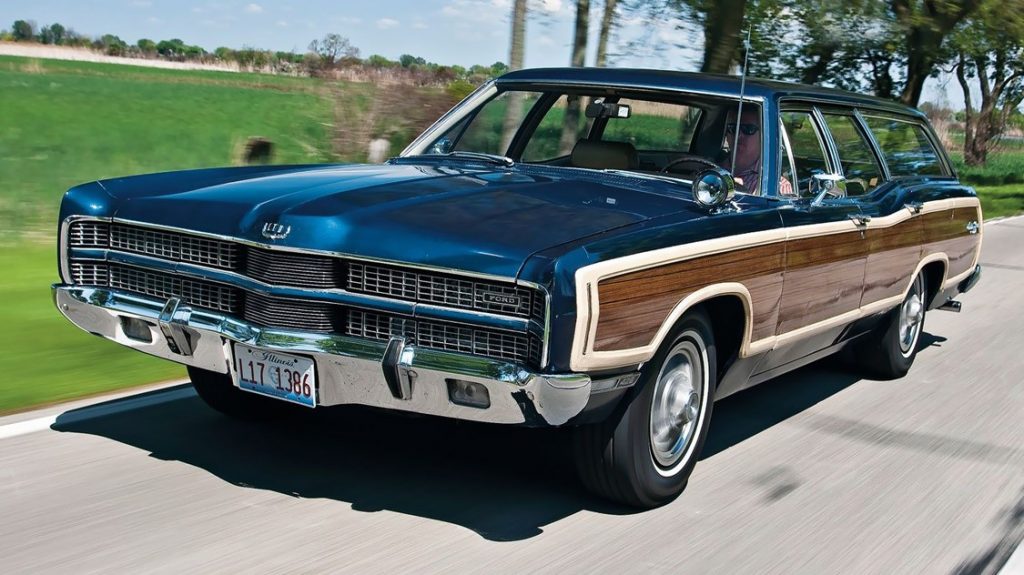

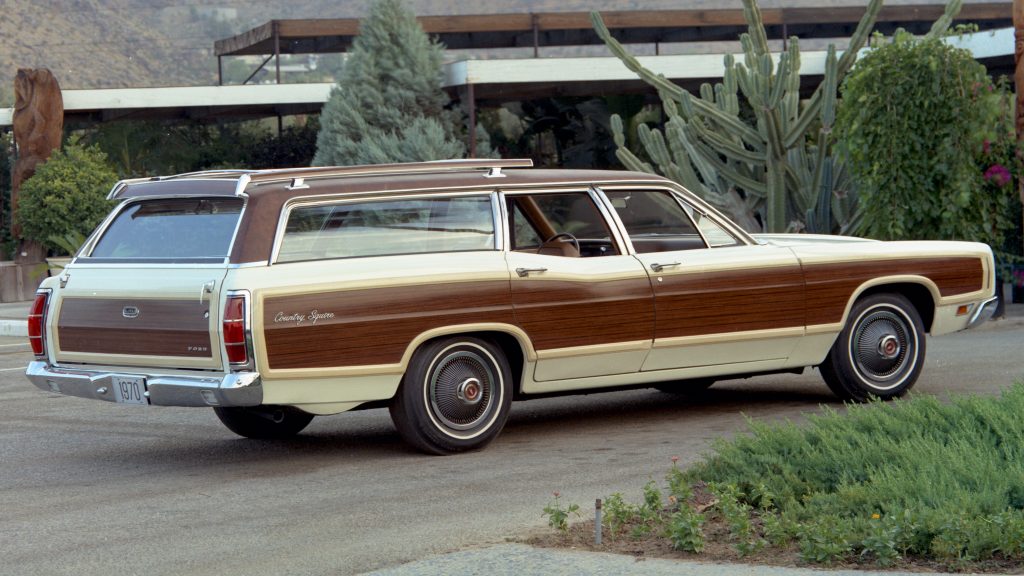
Mercury Colony Park
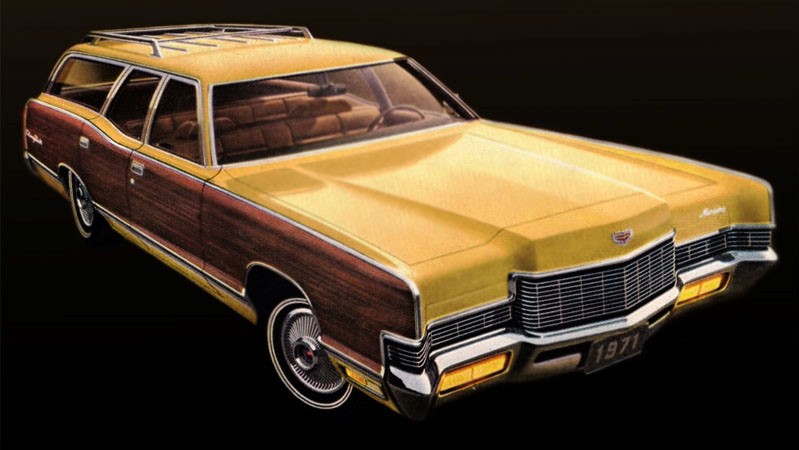
In 1973, the Colony Park SW received a new design along with 5-mph bumpers. The door windows became frameless to remind of classic Mercury models from the late 1950s.
Since Lincoln never had a station wagon, the Colony Park was Ford’s upscale offering in this body style. It was a luxury version of the LTD shown above; Mercury integrated its design with the Marquis sedan for 1969. This model had hidden headlights with a handy system. It used a vacuum canister mechanism that kept the lights down when the engine was running. In case of failure, they would remain functional.
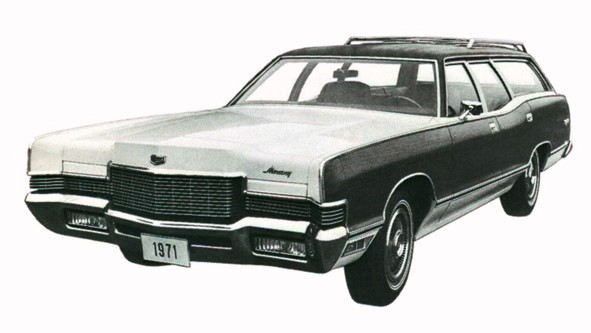

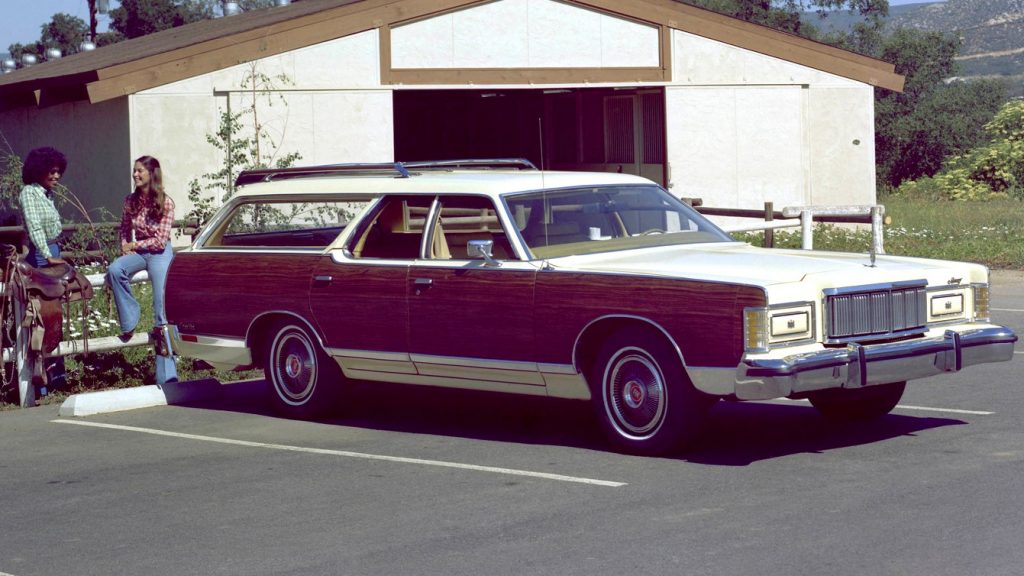
Oldsmobile Custom Cruiser
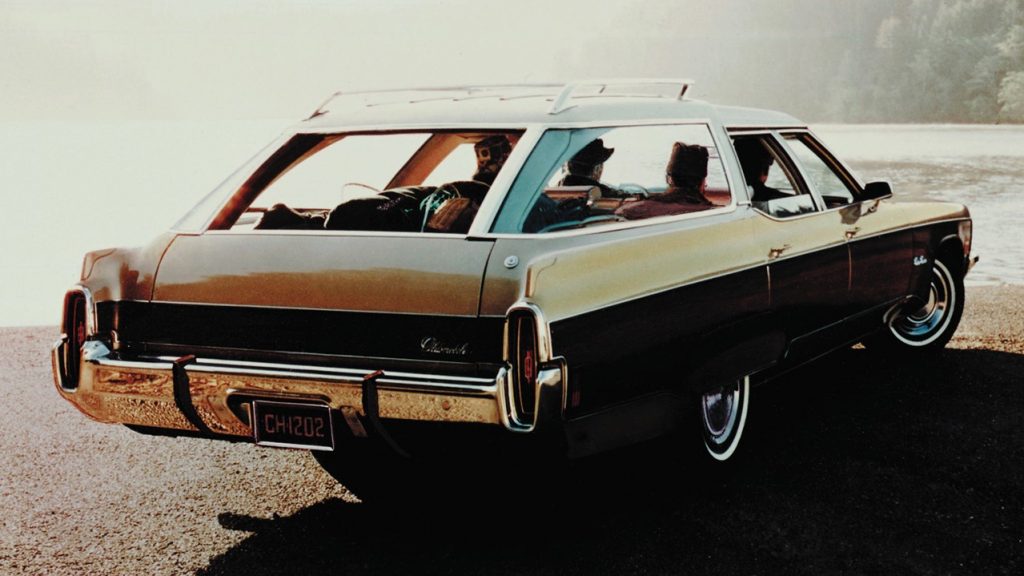
Just like many other models featured in this list, that was the last generation of the Custom Cruiser before GM had to downsize it following the 1973 oil crisis.
If the Vista Cruiser was too shabby for you back then – or too That ’70s Show more recently – Oldsmobile had an upscale alternative. This station wagon debuted in 1971 with a huge body that could seat up to 8. The model borrowed several parts from other GM cars, like the Ninety-Eight’s front fascia, the Delta 88’s internal trim items, and the Caprice’s retractable tailgate – the latter had power assistance as standard.


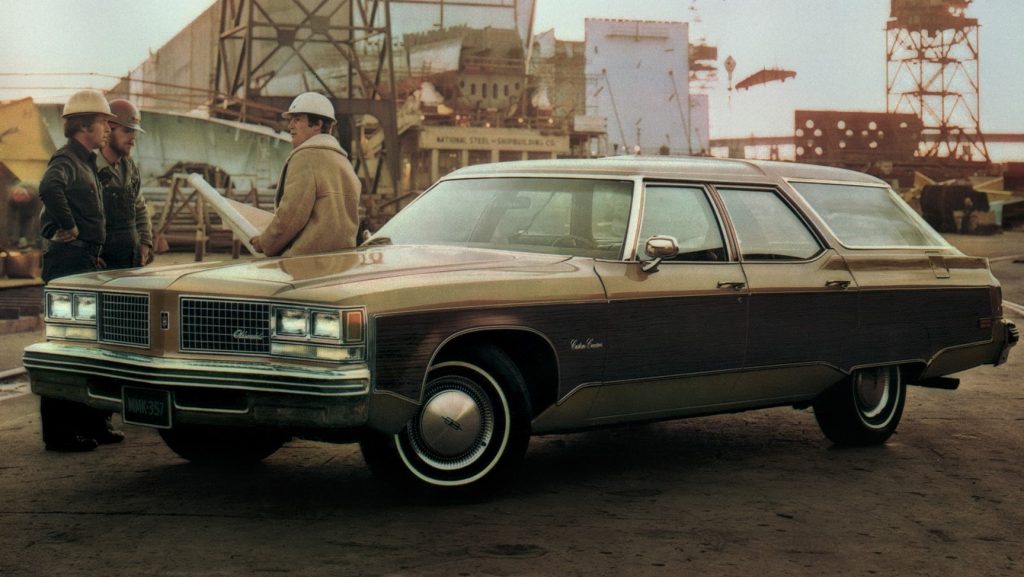
Plymouth Fury Suburban

This is the full-size model of a low-cost brand. Such combination was rare back then and pretty much non-existent in nowadays, even in the United States.
Another station wagon from the Chrysler group released with the fuselage design. The Fury line was very important for Plymouth at the time, so it went through small changes year after year to stay competitive. Some of the available engines came from the B/RB family, which was distinguished by the use of wedge-shaped combustion chambers. The 1972 line received a twin-loop front bumper of questionable taste.

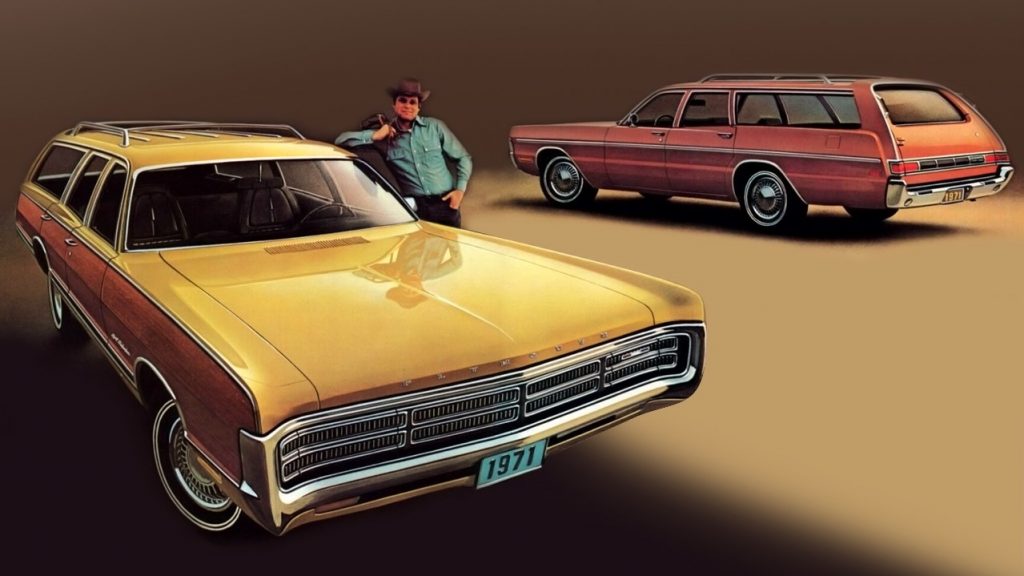
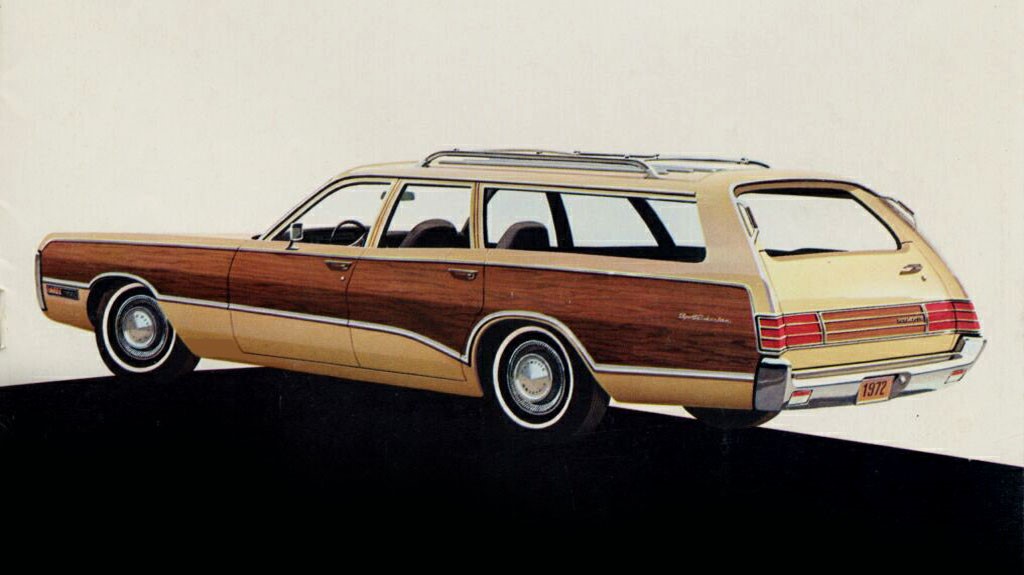
Pontiac Grand Safari
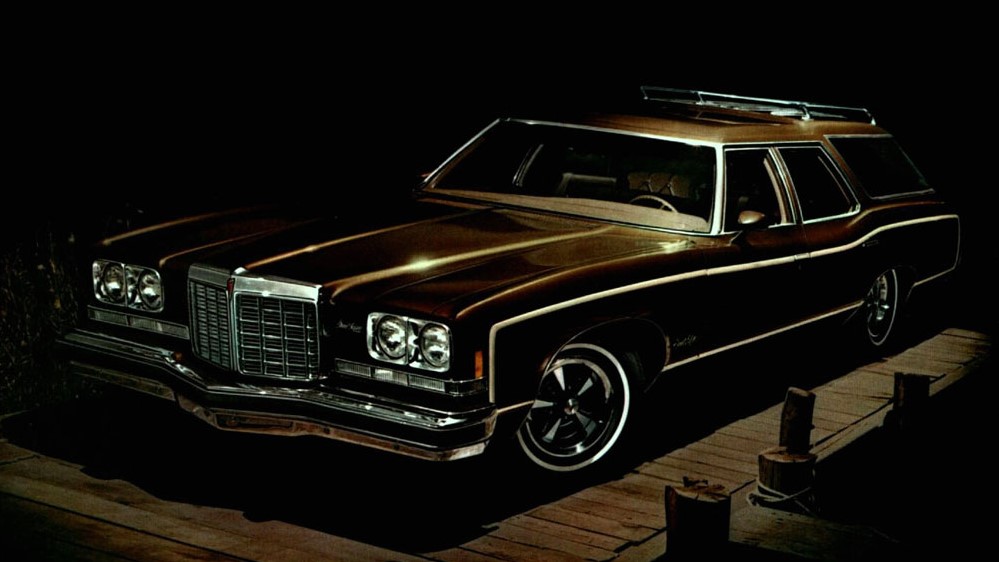
Pontiac would use the Safari nameplate to distinguish its wagons just like Buick used Estate. In Europe, Audi uses Avant and Citroën uses Break for the same reason.
Following the release of the Grand Ville sedan, Pontiac introduced the Grand Safari for 1971. While it was similar to the other GM wagons shown here, it was fancier than the Chevrolet and simpler than the Buick. As usual, it featured woodgrain trim in most units, and offered the sliding tailgate as standard in the first years. However, GM replaced it with a three-way trunk lid in 1975 and gave it some design tweaks.
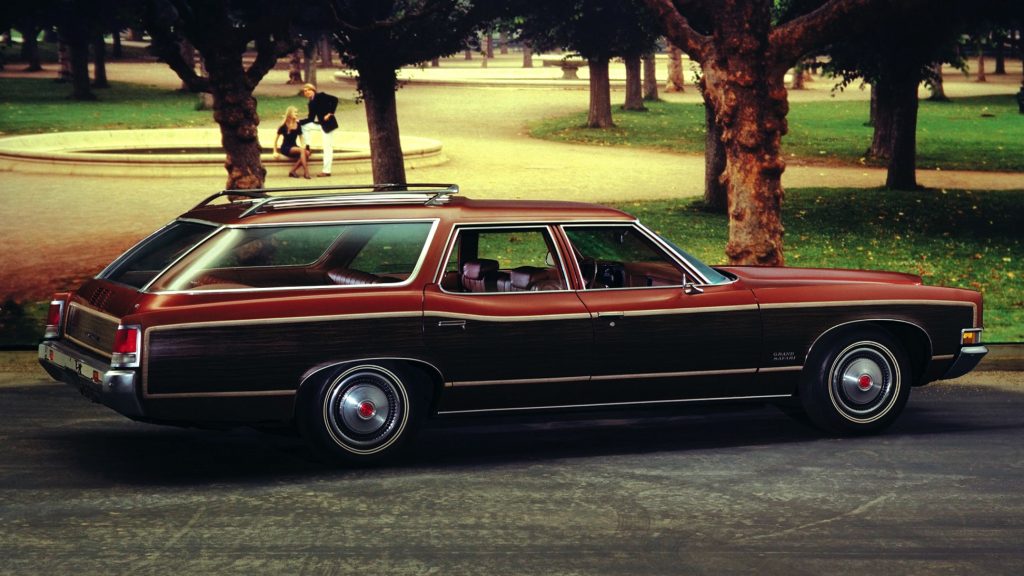
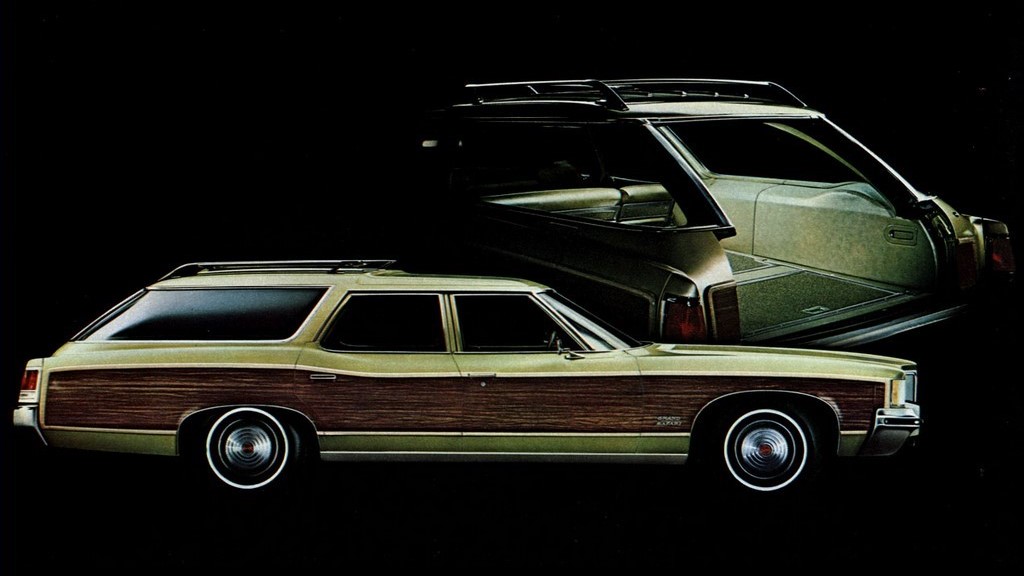

1970s Station Wagons Tech Specs
| SW name | Production | Top engine | Length |
|---|---|---|---|
| AMC Matador | 1974-1978 | 6.6L V8 | 5,461 mm |
| Buick Estate | 1970-1990 | 7.5L V8 | 5,593 mm |
| Chevrolet Kingswood | 1971-1976 | 7.4L V8 | 5,585 mm |
| Chrysler Town & Country | 1968-1973 | 7.2L V8 | 5,715 mm |
| Dodge Monaco | 1968-1973 | 7.2L V8 | N/A |
| Ford LTD Country Squire | 1969-1978 | 7.5L V8 | 5,733 mm |
| Mercury Colony Park | 1969-1978 | 7.5L V8 | 5,601 mm |
| Oldsmobile Custom Cruiser | 1971-1976 | 7.5L V8 | 5,723 mm |
| Plymouth Fury Suburban | 1969-1973 | 7.2L V8 | N/A |
| Pontiac Grand Safari | 1971-1976 | 7.5L V8 | 5,847 mm |
Joe Stewart is a 35-year-old automotive enthusiast born in Miami, Florida. He is a part-time collaborator in AutomoBible and specializes at making car passion accessible to readers thanks to his product curations of all types.
Stewart worked in the automotive industry for several years especially in the field of accessories. He executed projects for several automakers whether to improve existing solutions or to design new ones according to their needs.
Nowadays, Stewart is expressing his passion for cars on AutomoBible. He is always looking for exciting new products and he tests them whenever he can, whether on his own 2020 Dodge Charger or on his friends's cars.





